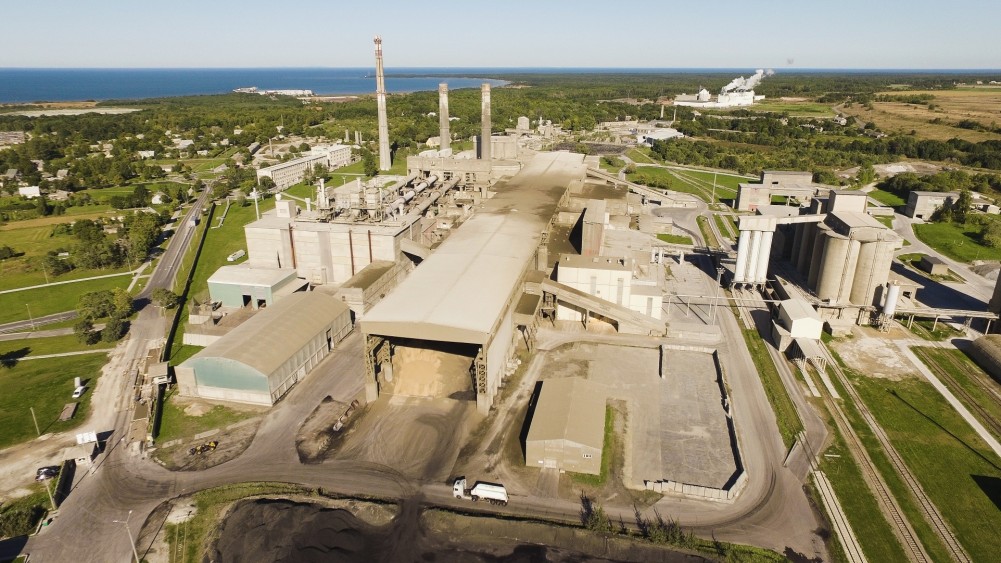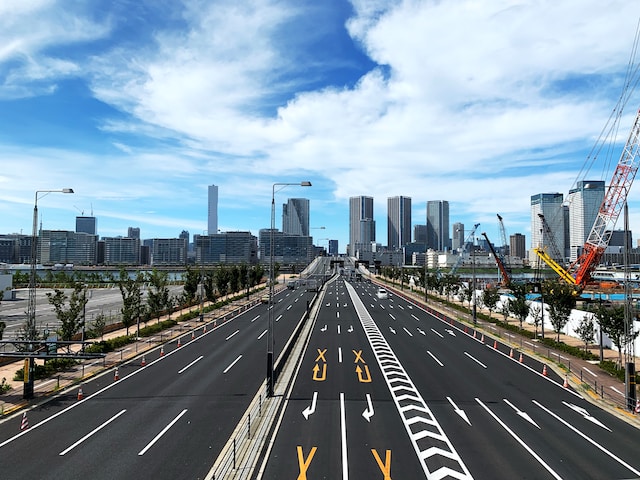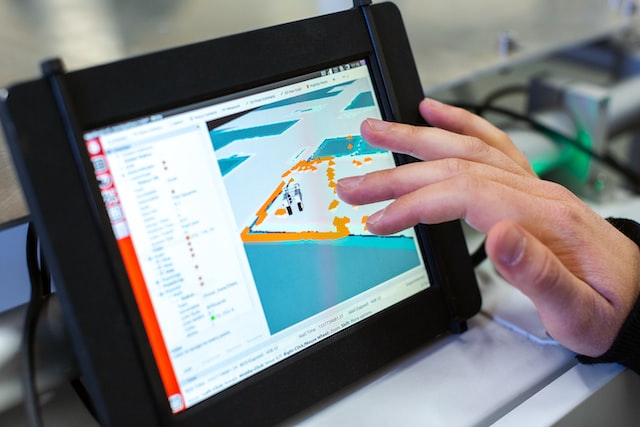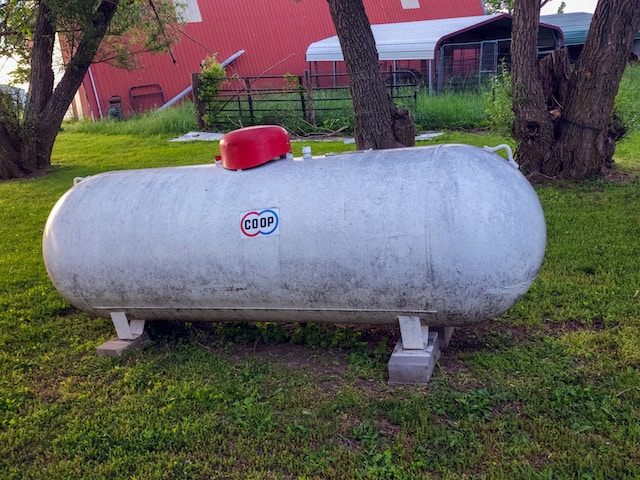You may not have heard of a standalone solar-micro-hydro-biomass-wind based Integrated Renewable Energy System (IRES) that is being used to provide electric energy on demand to a cluster of small villages in Germany. But this type of set up will be very common in the future as small and large groups of electricity consumers come together to find the best technical and economic arrangements to optimize energy management.
Some of these new clusters include distribution grids that have Battery Energy Storage Systems (BESS) and Carbon Capture and Storage (CCS) that reduce CO2 costs. Whatever the scenario, the existence of new Techno-Economic Analysis and Optimization software and systems help improve production scheduling, increased revenues, and decreased costs.
In fact, Energy Management Systems (EMS) have been deployed for decades in utility control centers to help monitor the electric grid in real time by companies like Alstom Grid, for example. But these EMS systems are now being deployed outside utility control centers and closer to where electricity is ultimately consumed.
Today, there are loads of IRES case studies of optimization projects that have been completed that include energy management focused on the techno-economic optimization of microgrids, load shifting based on Demand Side Management (DSM), the use of liquefied energy chains that use liquid CO2 and natural gas, and the optimization of hybrid PV/Wind energy systems with battery storage. The most typical systems include four main energy sources: wind turbines (WT), photovoltaic (PV) solar panels, batteries, and hydrogen fuel-cell systems.
Finally, predictive control techniques for energy use and indoor environmental quality management are part of the techno-economic optimization process.
The following video explains the techno-economic analysis of electric vehicles and how electric systems are changing as a result of overall higher demand and new technologies.







